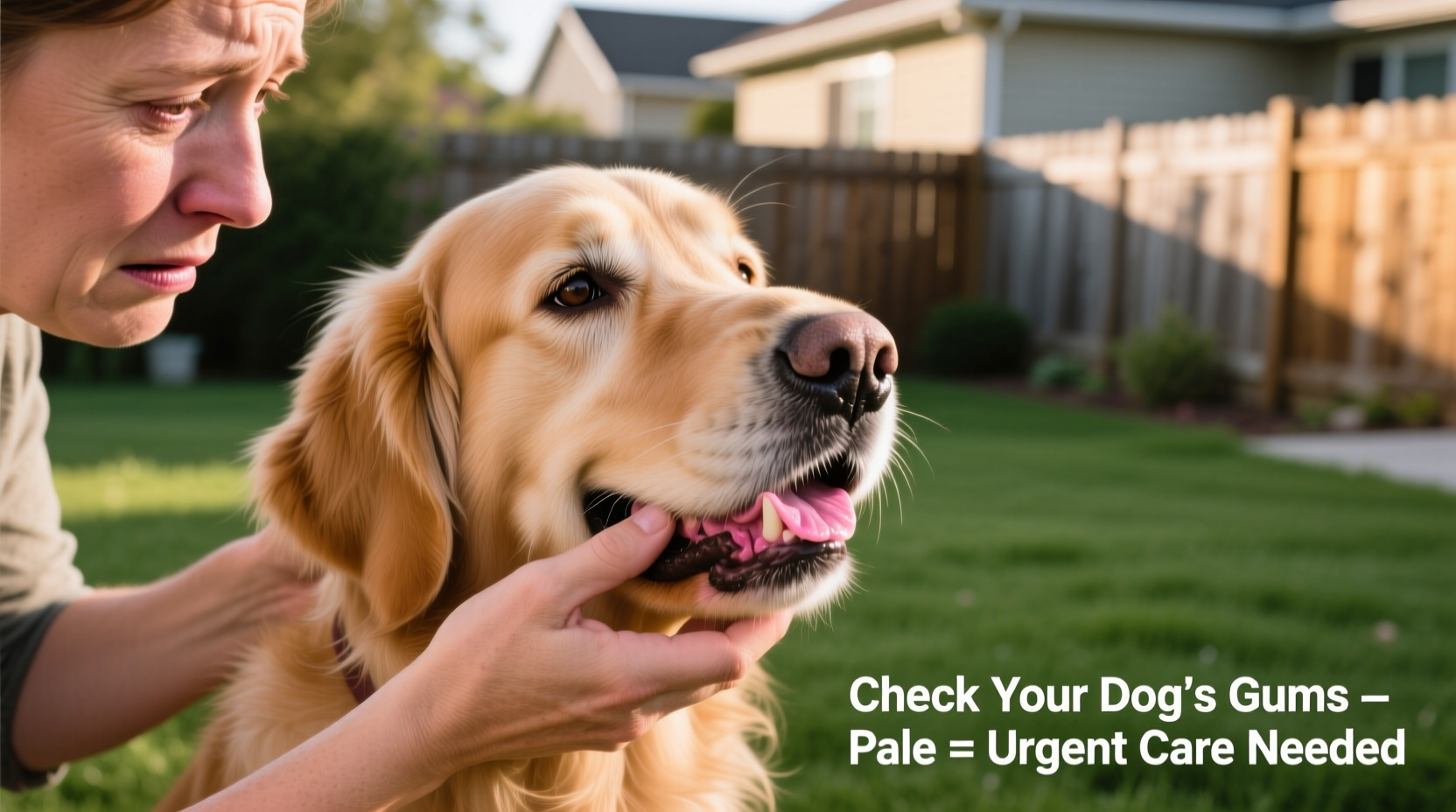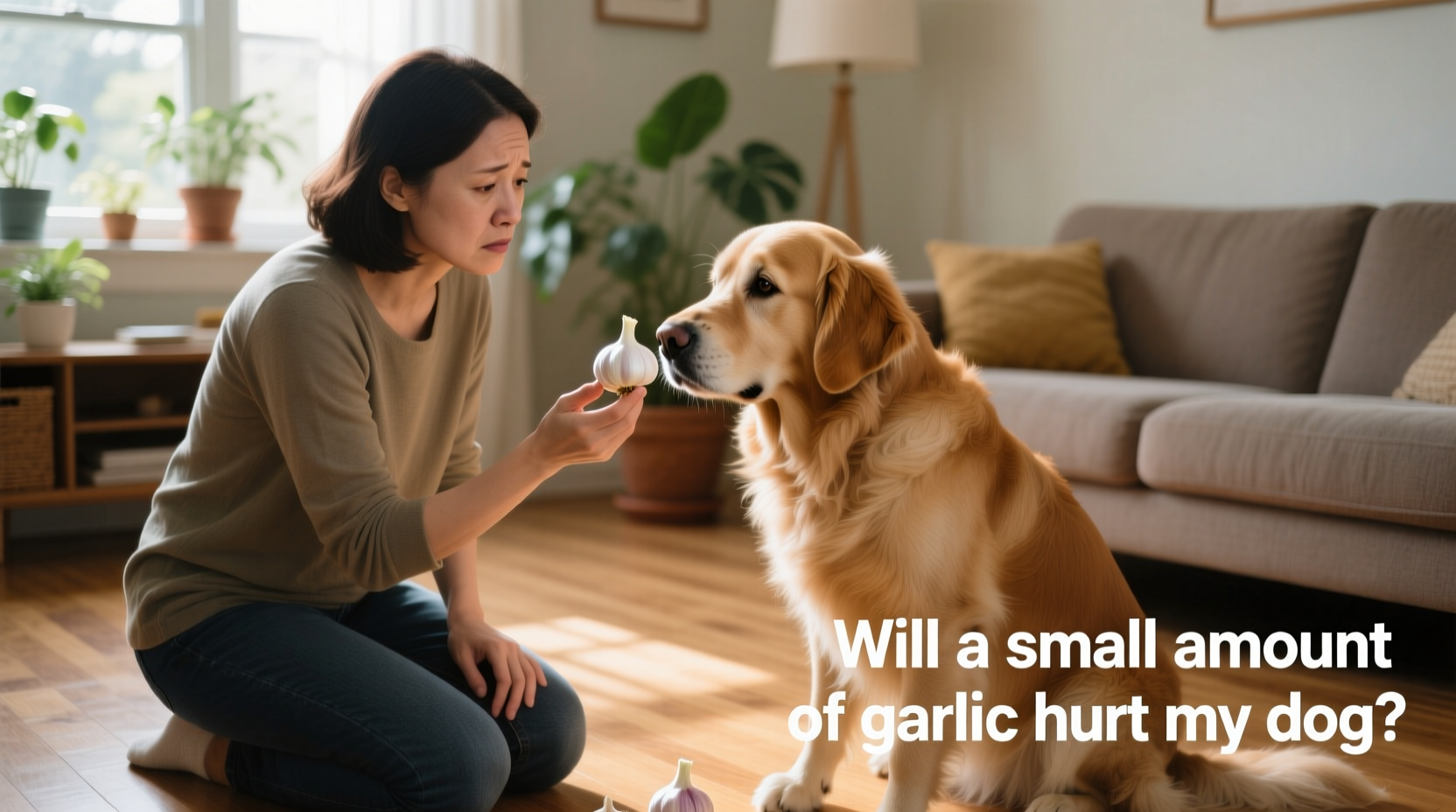As a dog owner, discovering your pet has eaten something potentially dangerous triggers immediate concern. Understanding the real risks of garlic exposure—and knowing exactly what to do—can make all the difference in your dog's health outcome. Let's examine the facts behind this common kitchen ingredient's danger to canines.
Why Garlic Poses a Serious Risk to Dogs
Unlike humans, dogs lack the metabolic pathway to process thiosulfates found in garlic and other alliums. These compounds oxidize hemoglobin in red blood cells, causing them to rupture (hemolysis). This process reduces oxygen-carrying capacity, leading to potentially life-threatening anemia.
Research from the ASPCA Animal Poison Control Center confirms garlic is approximately five times more toxic to dogs than onions. The toxic dose varies by dog size and health status, but even small amounts can accumulate to dangerous levels with repeated exposure.
| Dog Weight | Garlic Amount | Potential Effects |
|---|---|---|
| 10 lbs (4.5 kg) | 1 clove (3-7g) | Mild gastrointestinal upset |
| 30 lbs (13.6 kg) | 2-3 cloves (6-15g) | Early signs of hemolysis |
| 60 lbs (27 kg) | 4-5 cloves (12-25g) | Moderate anemia risk |
| Any size | Garlic powder (0.5g) | Equivalent to 1 whole clove |
This risk assessment table illustrates why "small" amounts remain concerning. Garlic powder concentrates the toxic compounds, making even seemingly insignificant exposures potentially harmful. The Veterinary Partner notes that symptoms may not appear for 24-72 hours after ingestion, creating a false sense of security.
Symptom Timeline: What to Watch For
Recognizing early warning signs helps ensure timely intervention. Here's the typical progression after garlic ingestion:
- 0-24 hours: Vomiting, diarrhea, abdominal pain, lethargy
- 24-48 hours: Pale gums, rapid breathing, increased heart rate
- 48-72 hours: Dark urine (hemoglobinuria), weakness, collapse
Smaller dogs and certain breeds like Japanese breeds (Shiba Inu, Akita) face higher risks due to genetic factors affecting red blood cell stability. Puppies and dogs with pre-existing health conditions also experience more severe reactions.

Immediate Action Steps After Garlic Exposure
If your dog consumes garlic, follow these evidence-based steps:
- Document the exposure: Note the amount, form (fresh, powder, cooked), and time of ingestion
- Contact animal poison control: Call ASPCA's 24/7 hotline (888-426-4435) or your local emergency vet
- Do NOT induce vomiting unless specifically instructed—this can worsen damage in some cases
- Preserve evidence: Save packaging or remaining food for identification
Veterinarians may administer activated charcoal to absorb toxins if caught early, provide intravenous fluids, and in severe cases, perform blood transfusions. Early intervention significantly improves recovery outcomes.
Hidden Sources of Garlic in Your Home
Many dog owners unknowingly expose their pets to garlic through:
- Human foods shared as treats (pizza, pasta dishes)
- "Natural" flea repellent products containing garlic
- Broths and gravies used to make kibble more appealing
- Leftover scraps from cooking
- Garlic supplements marketed for pets (avoid these completely)
The American Veterinary Medical Association emphasizes that no amount of garlic provides health benefits that outweigh the risks for dogs. Safe alternatives for flavoring dog food include small amounts of cooked pumpkin, blueberries, or dog-specific supplements approved by your veterinarian.
Preventing Future Garlic Exposure
Implement these practical safety measures:
- Store garlic and onions in closed cabinets inaccessible to pets
- Dispose of food scraps immediately in secured trash containers
- Read ingredient labels on commercial dog foods and treats
- Educate family members about the dangers of sharing human foods
- Use pet-safe alternatives when preparing homemade dog meals
Remember that garlic toxicity is dose-dependent but cumulative. Repeated small exposures can build to dangerous levels over time, making consistent prevention crucial for your dog's long-term health.











 浙公网安备
33010002000092号
浙公网安备
33010002000092号 浙B2-20120091-4
浙B2-20120091-4